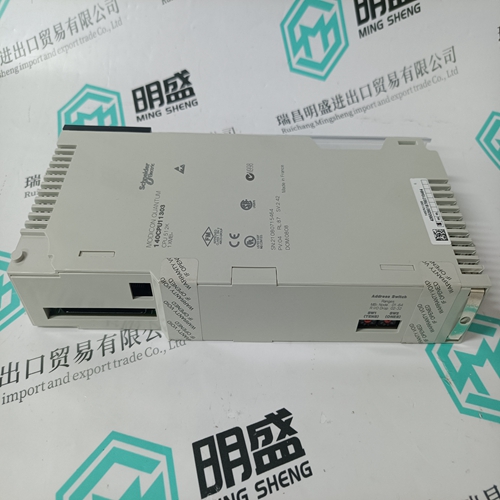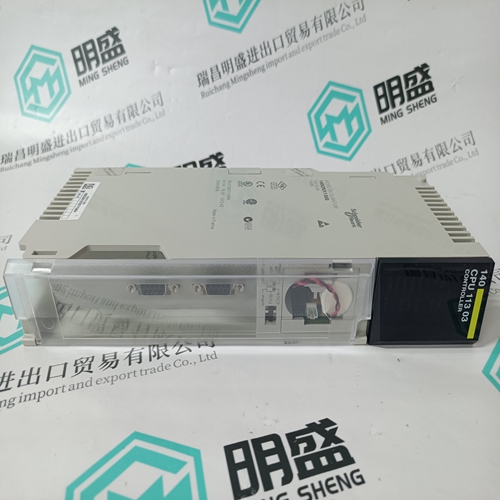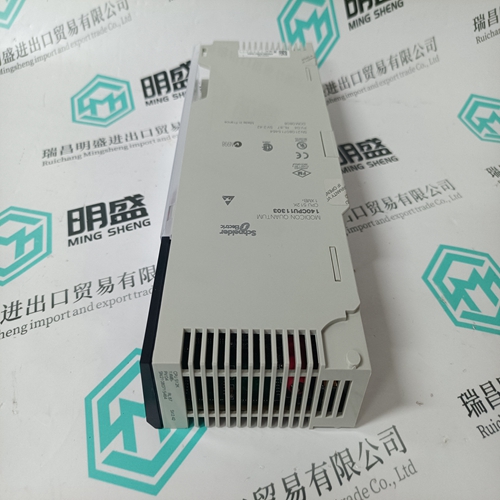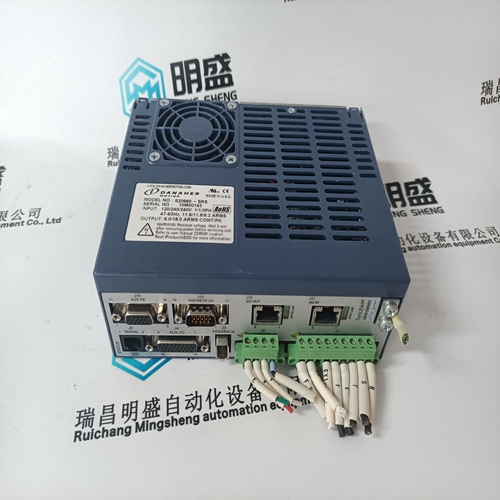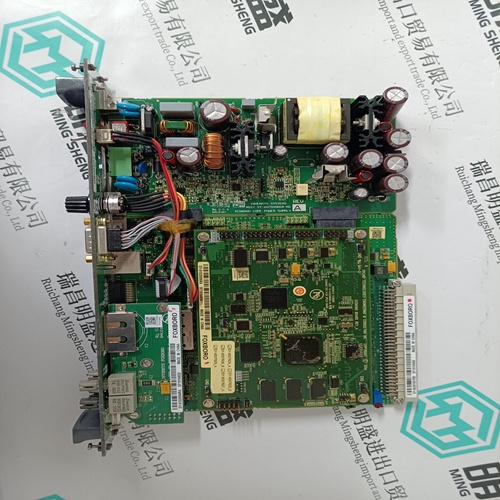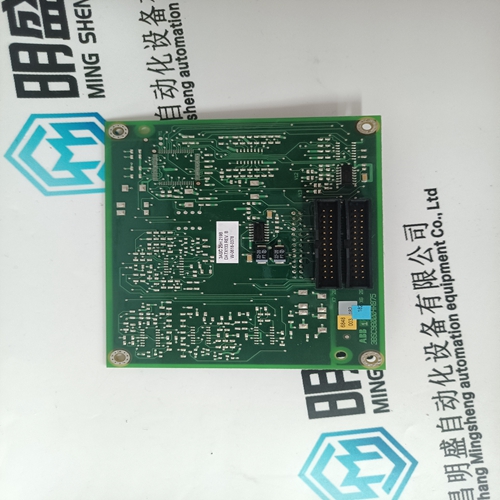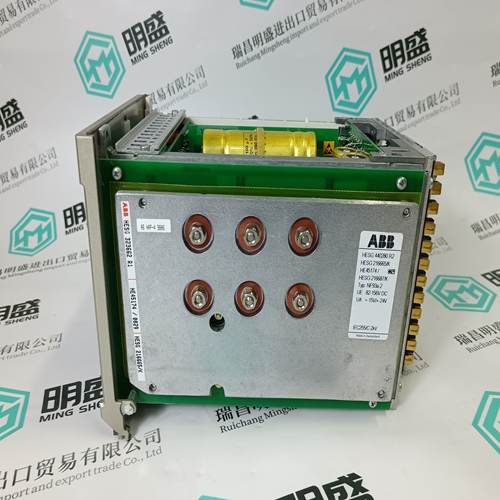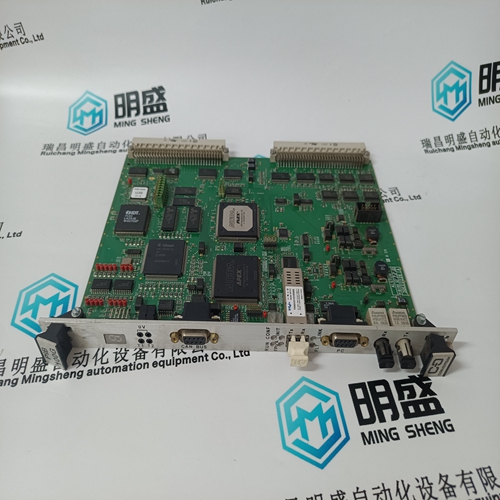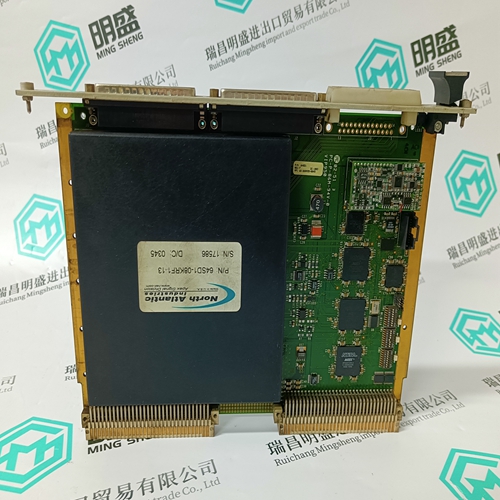Home > Product > PLC programmable module > 140CPU11303 Input module
140CPU11303 Input module
- Product ID: 140CPU11303
- Brand: 140PLC
- Place of origin: the United States
- Goods status: new/used
- Delivery date: stock
- The quality assurance period: 365 days
- Phone/WhatsApp/WeChat:+86 15270269218
- Email:stodcdcs@gmail.com
- Tags:140CPU11303Input module
- Get the latest price:Click to consult
The main products
Spare parts spare parts, the DCS control system of PLC system and the robot system spare parts,
Brand advantage: Allen Bradley, BentlyNevada, ABB, Emerson Ovation, Honeywell DCS, Rockwell ICS Triplex, FOXBORO, Schneider PLC, GE Fanuc, Motorola, HIMA, TRICONEX, Prosoft etc. Various kinds of imported industrial parts
Products are widely used in metallurgy, petroleum, glass, aluminum manufacturing, petrochemical industry, coal mine, papermaking, printing, textile printing and dyeing, machinery, electronics, automobile manufacturing, tobacco, plastics machinery, electric power, water conservancy, water treatment/environmental protection, municipal engineering, boiler heating, energy, power transmission and distribution and so on.
140CPU11303 Input module
Remove the chip from the instrument and place it into the storage container. 8 Add an additional 50 µL of DNA Storage Buffer to well 1. Preparation Procedures 17 P/N CLS140145 Rev. D DNA 1K Assay User Guide PerkinElmer, Inc. 9 Cover the wells with Parafilm® to prevent evaporation and store at 2 - 8°C until next use. If using the chip again within 24 hours it may be left at room temperature. Allowing the chip wells to dry may lead to changes in chip performance. Chip Cartridge Cleaning 1 Daily a Inspect the inside of the chip cartridge and O-rings for debris. b Use the provided lint-free swab dampened with water (MilliQ® or equivalent) to clean the O-rings using a circular motion. If the O-rings stick to the chip or a pressure leak is detected, perform the more extensive monthly cleaning procedure.
Monthly
a To reduce pressure leaks at the chip interface, clean the Orings frequently. Remove the O-rings from the top plate of the chip interface on the LabChip GX Touch/GXII instrument. Soak O-rings in water (Milli-Q® or equivalent) for a few minutes. Clean the O-ring faces by rubbing between two fingers. Wear gloves. b To reduce the occurrence of current leaks, clean the chip interface frequently. Clean the top plate of the chip interface using the provided lint free swab dampened with water (MilliQ® or equivalent). c Allow the O-rings and chip interface to air dry. Reinsert the O-rings into the chip cartridge.
The electropherogram of a typical DNA 1K ladder is shown in Figure 13. Between the upper and lower markers, peaks in order of increasing migration time correspond to ladder fragments of 25, 50, 100, 150, 200, 300, 400, 500, 700, 850 and 1000 bp.
Troubleshooting
Note: Some of the data examples shown in this section were generated with assays other than the assay described in this user guide. Symptom: No ladder or sample peaks but marker peaks detected. Note: The lower marker peak height will most likely be greater than normal height. Possible causes: 1 Air bubble in sipper introduced during chip priming. What to do: 1 Reprime the chip. See “LabChip Kit Essential Practices” on page 25 for instructions on how to reprime the chip. Symptom: Missing sample, ladder and marker peaks. Possible causes: 1 Clog in sipper or marker channel of chip. What to do: 1 Reprime the chip. See “LabChip Kit Essential Practices” on page 25 for instructions on how to reprime the chip.
Ladder detected but no sample peaks.
Possible causes: 1 The sipper is not reaching the sample due to low sample volume in the well of the plate. 2 If the missing sample peaks occurred only in a few wells of the plate, check those wells for air bubbles. 3 The sipper is not reaching the sample due to an incorrect capillary height setting or incorrect plate definition. 4 If the plate has been uncovered for some time, sample evaporation might have occurred. 5 Debris from the sample or sample prep is clogging the sipper. What to do: 1 Add more sample to the well.
